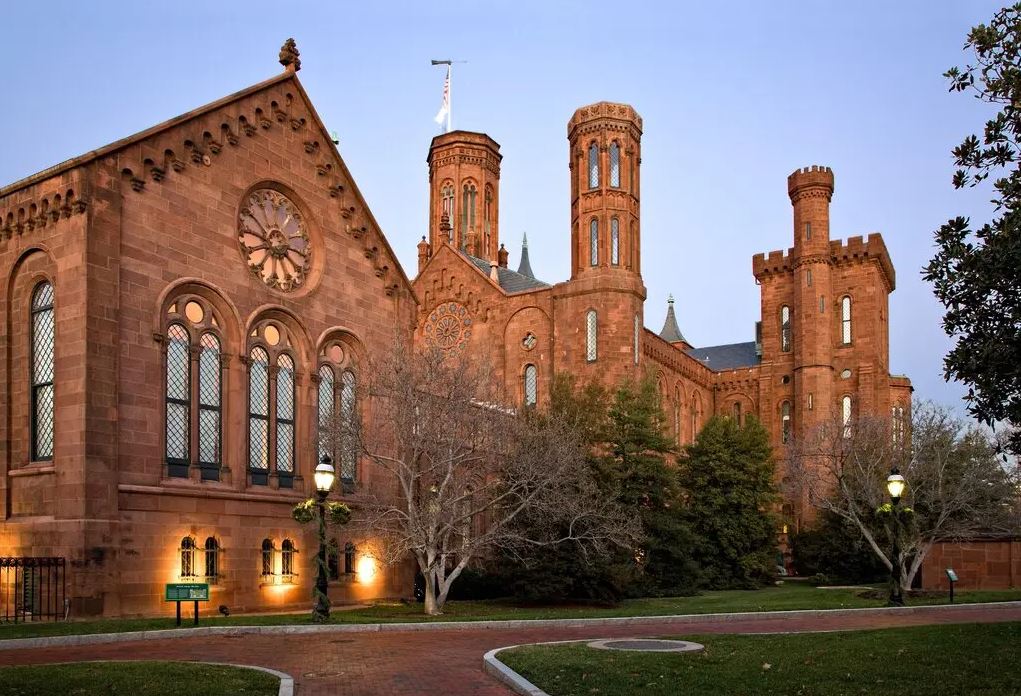The Smithsonian Institution said on Tuesday that it has approved a policy that will explicitly permit its member institutions to return pieces from their collections that have been stolen or otherwise obtained in an unethical manner. The policy will take effect immediately.
The policy, which went into effect on Friday, reflects a change away from the position that the institution and other museums had previously adopted, which was that the legal right to possess an object was sufficient reason to keep it on display.
According to Lonnie G. Bunch III, secretary of the Smithsonian Institution, “my aim was quite simple: Smithsonian would be the site where people point and say, ‘This is how we should share our collections and think about ethical returns,'” he said in an interview.
As discussions about racism and the legacy of colonialism have become more prevalent in recent years, the debate over the repatriation of artworks that have been stolen, taken under duress, or removed without the consent of their owners has become more heated at cultural institutions around the world.
At a time when museums said they had the right to return works donated by donors or that the retention of artefacts fostered the broadest possible understanding of ancient civilizations, the pendulum has swung in the other direction, toward restitution and repatriation.
This new policy from the Smithsonian Institution — which comprises 21 museums and the National Zoo — is an effort to acknowledge that collecting standards and best practises have changed over time, and that it is past time for institutions to catch up.
Last year, officials from the Smithsonian Institution returned to the Peruvian Ministry of Culture a gold disc with the shield of the city of Cusco. Officials said that it was purchased in 1912 by a collector from someone who was working in the nation.
In March, the Smithsonian Institution announced that it will return the majority of its 39 Benin Bronzes to Nigeria, more than a century after they were taken during the British Army’s attack on the ancient Kingdom of Benin in 1897. Officials at the Museum of Modern Art have said that the return of the Bronzes, a term that refers to a range of objects, is an obvious example of a case in which repatriation was acceptable. Officials from Nigeria’s National Commission for Museums and Monuments and the Smithsonian Institution have announced that they would collaborate on exhibits and teaching activities as part of a wide agreement that includes the repatriation of artworks.
When a panel of Smithsonian curators and collections experts were invited to evaluate whether the institution should draught a policy along these lines last year, they came up with the one that has already been accepted.
Officials from the Smithsonian Institution said that the action comes under larger “collections management” standards that apply to all Smithsonian institutions. However, since the institution’s collections are so different, the application of the ethical code will need to be adjusted to each individual museum.
However, officials have made it plain that even though they have embraced the policy, the Smithsonian Institution will not undertake a thorough inventory of all 157 million pieces.
It was acquired from a collector by the Smithsonian Institution, which possesses a photograph of a Black jazz performer in its archives in the National Museum of American History. However, said Linda St. Thomas, a representative for the institution, “provenance scholars do not like the fact that the picture has a history that goes back deeper” than that of its acquisition.
Another example, she said, is pottery from an expedition site in Turkey that was discovered in the ancient city of Troy and now resides at the National Museum of Natural History. According to St. Thomas, it is probable that Turkey may desire to find things such as the pottery and will ultimately request that they be returned.
“We endorse the Smithsonian’s commitment to establish rules that react in an open and timely way to requests for return or shared stewardship,” the organisation said in a Values and Principles Statement that was made public.

